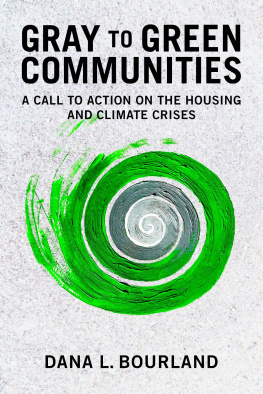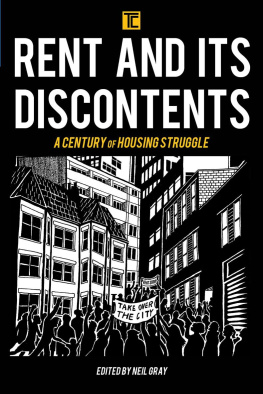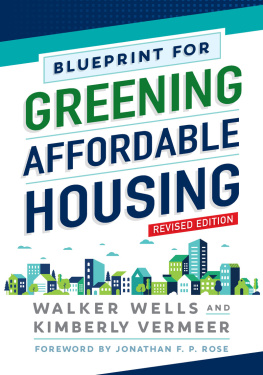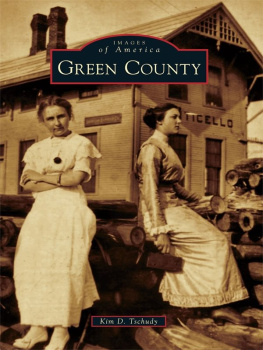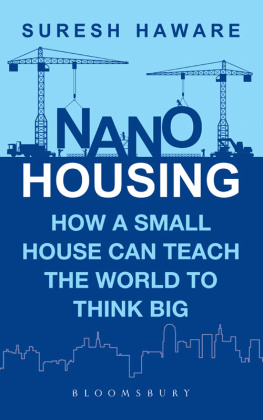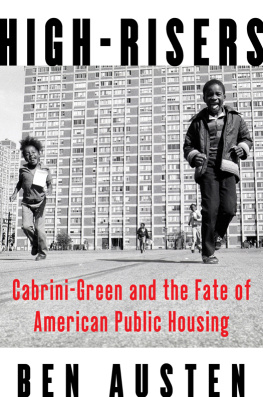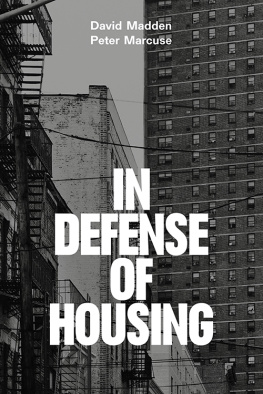
About Island Press
Since 1984, the nonprofit organization Island Press has been stimulating, shaping, and communicating ideas that are essential for solving environmental problems worldwide. With more than 1,000 titles in print and some 30 new releases each year, we are the nations leading publisher on environmental issues. We identify innovative thinkers and emerging trends in the environmental field. We work with world-renowned experts and authors to develop cross-disciplinary solutions to environmental challenges.
Island Press designs and executes educational campaigns in conjunction with our authors to communicate their critical messages in print, in person, and online using the latest technologies, innovative programs, and the media. Our goal is to reach targeted audiencesscientists, policymakers, environmental advocates, urban planners, the media, and concerned citizenswith information that can be used to create the framework for long-term ecological health and human well-being.
Island Press gratefully acknowledges major support from The Bobolink Foundation, Caldera Foundation, The Curtis and Edith Munson Foundation, The Forrest C. and Frances H. Lattner Foundation, The JPB Foundation, The Kresge Foundation, The Summit Charitable Foundation, Inc., and many other generous organizations and individuals.
Generous support for the publication of this book was provided by Margot and John Ernst.
The opinions expressed in this book are those of the author(s) and do not necessarily reflect the views of our supporters.

Island Press mission is to provide the best ideas and information to those seeking to understand and protect the environment and create solutions to its complex problems. Click here to get our newsletter for the latest news on authors, events, and free book giveaways.
Praise for Gray to Green Communities
Dana Bourland has paved a path for the United States to improve the quality of housing for allparticularly for those whose security and stability depend on affordable housing. A leader in green affordable housing, she has written a must-have book for those seeking to better understand some of the issues facing housing and the green way forward.
Chrissa Pagitsas, VP, Environmental Social Governance, Fannie Mae
This crisp book brims with wisdom. Nominally about housing and climate change, it also tackles health risks, poverty, racism, social injustice, and the environmental crisisand proposes practical, cross-cutting solutions that solve many problems at once. Skillfully deploying both human stories and rigorous data, Dana Bourland gives us a compelling blueprint for sustainable, healthy homes and communities.
Howard Frumkin, former Director, National Center for Environmental Health, US Centers for Disease Control and Prevention; Professor Emeritus, University of Washington School of Public Health; coeditor of Making Healthy Places
In the wealthiest society in history, no one should live in substandard housing that wastes lives, energy, and resources. Gray to Green Communities is a thoughtful, articulate, and impassioned call to do better. Dana Bourland makes a powerful case for addressing the housing crisis systematically, with the tools of integrated design, to help solve problems of climate change, unemployment, and social decay while building cohesive, just, and prosperous communities. A must-read!
David W. Orr, author of The Nature of Design, Earth in Mind, and coeditor of Democracy Unchained
Gray to Green Communities
A Call to Action on the Housing and Climate Crises
Dana L. Bourland

2021 Dana L. Bourland
All rights reserved under International and Pan-American Copyright Conventions. No part of this book may be reproduced in any form or by any means without permission in writing from the publisher: Island Press, 2000 M Street, NW, Suite 650, Washington, DC 20036
Library of Congress Control Number: 2020942997
Keywords: Affordable housing; attainable housing; building materials; climate action; climate change; climate justice; climate mitigation; Denny Park, Seattle, Washington; green chemistry; energy burden; energy efficiency; Enterprise Community Partners; environmental justice; green affordable housing; green building; Green Communities Criteria; Green Communities Initiative; green housing; healthy housing; High Point, Seattle; Holland Apartments, Danville, Illinois; housing discrimination; housing justice; integrative design process; Leadership in Energy and Environmental Design (LEED); Living Building Challenge (LBC); Low Income Housing Institute (LIHI); Plaza Apartments, San Francisco, California; resilience; Sanctuary Place, Chicago, Illinois; SeaGreen; sustainable development; United Nations Sustainable Development Goals; US Green Building Council (USGBC)
To the early champions of the Green Communities movement and to the collective work by so many to ensure that everyone has a home in a thriving community on a flourishing planet.
Contents
This book exists only because of the thousands of people who have dedicated their lives to ensuring that all of us have an affordable place to call home on a planet that is thriving. The community of people from diverse backgrounds and professions who are constantly pursuing better methods, materials, financing, and ways of working inspire me every day. I am ever so grateful to them; their voices and generous spirits compelled me to write this book so that more people know what is possible.
I was fortunate to have met Chuck Savitt, founder of Island Press, who found the story of Green Communities so compelling that he urged me consistently over the past 15 years to write a book. He introduced me to Heather Boyer, who patiently encouraged and assisted this process over the last many years. My colleague, mentor, and friend, Stockton Williams, has always been the one to think big and has had the will to make it so; I owe you a tremendous thank-you for your collaboration and endless co-conspiring.
Much like the integrative design process, the writing of this book was made possible because of the many people that have openly shared their diverse expertise and wisdom with me. The Green Team at Enterprise was pure magic. Thank you for your friendship, patience, and dedication, Ray Demers, Krista Eggers, David Epley, Yianice Hernandez, Amy Hook, Bomee Jung, Trisha Miller, Emily Mitchell, Josh Owens, Esther Toporovsky, and Diane Westcott, and honorary member Patty Rouse. A callout to every Enterprise local office Investment and Loan Fund team member, the Housing and Community Development Workgroup, Enterprise Homes staff, and the Orbiteurs, the Rose Fellowship, and Enterprises Policy, Communications, and Events team, without whom we could not have galvanized a national movement. Each of you made the work not only possible but better.
I am grateful to everyone who took the time to talk with me over the years about the intersection of housing, health, and the environment. In particular those of you who spoke in depth with me as I was developing this book: Noreen Beatley, Michael Bodaken, Norma Bourland, Gina Ciganik, Madeline Fraser Cook, Paul Cummings, Chandika Devi, Ralph DiNola, Anne Evens, Jay Golden, Nicole Gudzowsky, Warren Hanson, Bart Harvey, Diane Hernandez, David Heslam, Joel ben Izzy, Michael Johnson, Gray Kelly, Joseph Kunkel, Jeff Lesk, Michael Levison, Deron Lovaas, Dr. Tiffany Manuel, Sunshine Mathon, Amanda McIntyre, Michelle Moore, Todd Nedwick, Ruth Ann Norton, Tom Phillips, Barbara Picower, Tim Robson, Nick Stenner, Wes Stuart, Katie Swenson, Charles E. Syndor III, Nick Tilsen, Ted Toon, Cheryl Wakeham, Bill Walsh, Peter Werwath, and Diane Yentel. Additionally, thank you to the many others with whom I have had the distinct pleasure of crossing paths over the years to advance housing and environmental justice for all.
Next page
